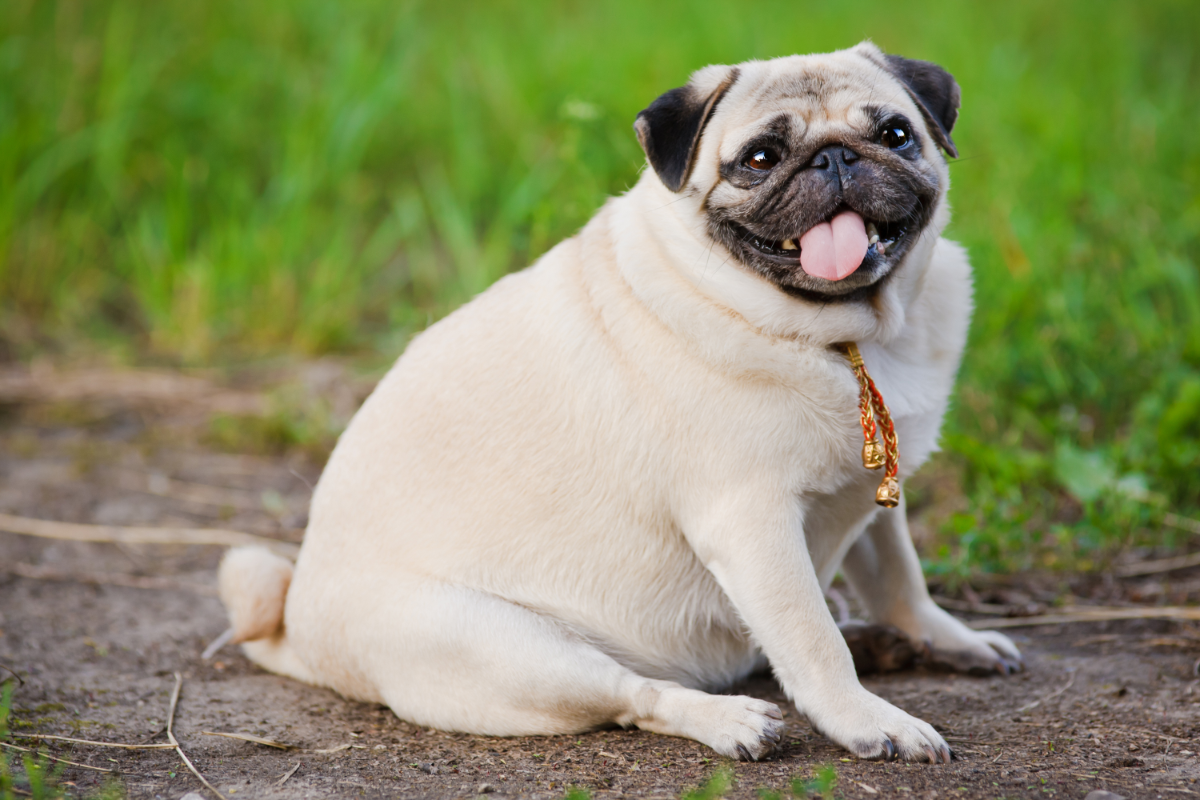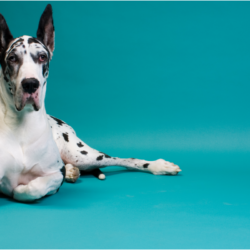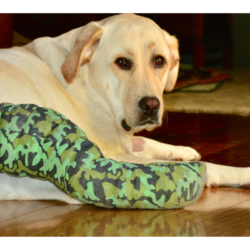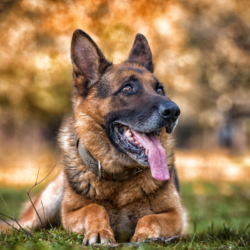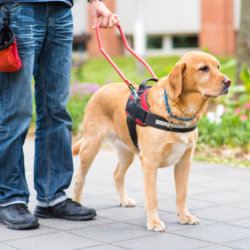Lipomas are benign tumours that are very common in dogs, particularly older dogs. They appear as subcutaneous fatty masses, often painless and mobile. Although benign, they can sometimes become a nuisance depending on their size and location. This article details the causes, symptoms, diagnosis and treatment options available for this common condition in dogs.
What causes this condition?
Lipomas are benign tumours resulting from a proliferation of fat cells(adipocytes). Several factors have a major influence on their development in dogs, including age, sex, breed and weight.
Age is a predominant factor in the appearance of lipomas. In fact, these tumours are very common in older dogs, with an average age of onset of around 9 years. Over time, fat storage mechanisms can be altered. This favours the formation of these fatty tumours.
Sex is also a risk factor. Females, especially if they are obese, are more predisposed to developing lipomas. This link between obesity and fatty tumours seems to play a key role in the appearance of these masses.
Certain breeds of dog are particularly prone to developing this disease. Cocker Spaniels, Dachshunds, Weimar Pointers, Small Terriers and Labradors all show an increased susceptibility to lipomas. Experts often suspect a genetic component, although other factors, such as being overweight or sedentary, can also encourage their development.
Although lipomas are generally benign and do not require treatment, it is crucial to monitor their size and evolution to avoid them leading to more serious complications.
What does a lipoma look like?
Lipomas mainly appear as subcutaneous masses. These benign connective tumours are located in the subcutaneous tissue, often on the trunk and proximal limbs of the dog. They may be single or multiple and often take the form of domes, well circumscribed and encapsulated. When palpated, they generally appear soft and mobile under the skin, without adhering to the underlying tissues.
Lipomas grow slowly, but can reach significant sizes, sometimes large enough to infiltrate the surrounding muscles. In these rare cases, the tumour may cause pain and restrict the dog’s movements.
Cytologically, lipomas have specific characteristics: fat cells exfoliate little and samples are often poorly cellular. Extracted adipocytes resemble normal adipose tissue cells, making it difficult to distinguish them from normal tissue on cytological examination. These tumours often remain asymptomatic, with the owner only detecting them by touch.
When lipomas become large, they can cause difficulties in movement, particularly if they are located near joints or large muscles. In rare cases, infiltrating lipomas, which infiltrate the muscles, can cause greater pain and require urgent medical intervention.
How are they diagnosed?
The diagnosis of lipomas is based primarily on a clinical examination carried out by a veterinarian. By palpating the mass, the vet will generally be able to detect the typical characteristics of a lipoma, such as its soft texture and mobility under the skin. However, further tests are often necessary to confirm the diagnosis and rule out the possibility of a malignant tumour, such as liposarcoma.
The most common method for diagnosing a lipoma is fine needle aspiration (FNA). This involves removing a sample of cells using a fine needle and analysing them under a microscope. This technique generally causes little pain for the animal, although slight sedation may be required if a larger sample is taken.
In some cases, the vet will recommend more in-depth examinations, such as an ultrasound scan or biopsy, especially if the tumour shows signs of malignancy. A biopsy removes a larger piece of tumour tissue, enabling any cancerous cells to be analysed and detected. These examinations are essential to distinguish a benign lipoma from a more serious tumour, and to determine the appropriate treatment for the animal.
What treatments are available?
The treatment of lipomas in dogs varies according to the size, location and discomfort caused by the tumour. In the majority of cases, benign lipomas require no treatment. However, regular monitoring is recommended to ensure that they do not grow abnormally.
The main treatment option remains surgical removal. This operation is often recommended if the tumour becomes too large or if it is located in a troublesome area, such as near the joints or eyes. Surgery is performed under general anaesthetic and allows the entire tumour to be removed without any major complications.
In the case of infiltrating lipomas, more complex surgery may be required, sometimes accompanied by radiotherapy or chemotherapy. These additional treatments are designed to prevent recurrence, particularly when the tumour has infiltrated the surrounding muscles or tissues.
After the operation, regular follow-up is recommended to monitor healing and prevent any recurrence. In addition, maintaining a healthy weight and impeccable skin hygiene can help prevent the reappearance of new fatty masses.
What can be done to prevent lipomas?
One of the main recommendations is to keep your dog at a healthy weight. Obesity is a major risk factor, so a balanced diet and regular exercise are essential. This can include daily walks, games and exercise adapted to the dog’s breed and age.
Regularly monitor the size and appearance of lipomas to detect any changes. If a fatty mass suddenly changes in size or appearance, consult a vet immediately. Choose certain natural food supplements, such as omega-3, for their anti-inflammatory properties and their benefits for your dog’s general health.
One of the essential elements is to ensure a healthy, balanced diet suited to your dog’s stage of life. Kibbles should be rich in quality protein and low in fat to limit the risk of overweight, a factor often linked to the appearance of lipomas.
Regular physical activity is also a key factor in prevention. Dogs that remain active through walks, play and appropriate exercise are less likely to develop lipomas than sedentary dogs. What’s more, staying fit helps prevent other diseases such as diabetes and osteoarthritis.
Finally, we recommend an annual check-up by a vet, whatever the dog’s age. This regular check-up enables new tumours to be monitored and treated quickly if necessary.
Finally, keeping your dog’s skin clean and avoiding excessive manipulation of the tumour can help reduce the risk of infection or irritation.

